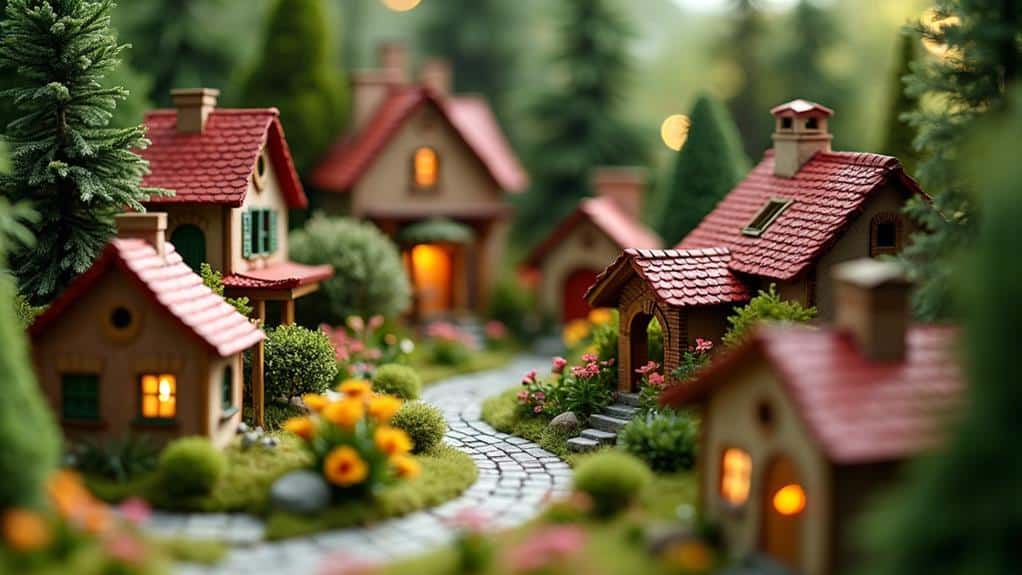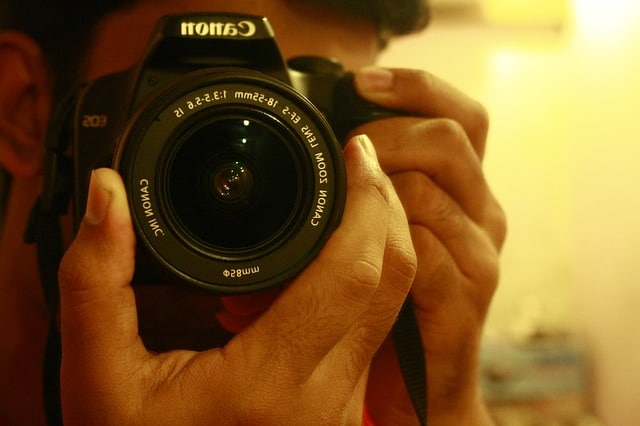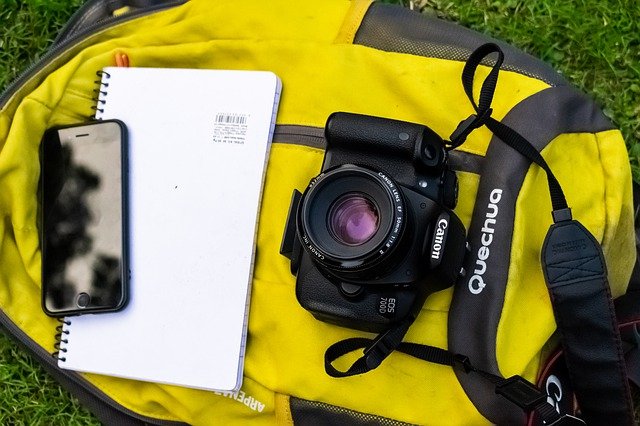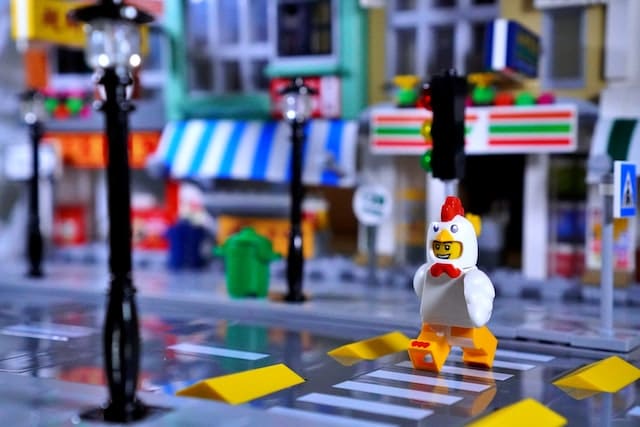When you're aiming to bring a miniature world to life, three essential techniques can make all the difference. First, mastering lighting can transform a simple setup into a vibrant scene by playing with soft, diffused light sources and varying angles. Next, crafting detailed backgrounds with materials like foam boards and natural elements adds layers of realism. Finally, utilizing perspective tricks such as forced perspective and vanishing points can create an expansive feel in a confined space. Now, let's explore how these methods can elevate your miniature creations beyond the ordinary.
Key Takeaways
- Use soft, diffused lighting to create a cozy and warm atmosphere in miniature scenes.
- Craft detailed backgrounds with materials like foam boards and textured papers to add realism.
- Employ forced perspective to create the illusion of depth and vastness in miniature worlds.
- Utilize a macro lens to capture intricate details and enhance the sense of scale.
- Experiment with colored gels or filters to add creativity and drama to your miniature scenes.
Mastering Lighting
When it comes to creating miniature worlds, mastering lighting is crucial to bringing your scenes to life. The right lighting can transform your tiny landscapes from flat and lifeless to vibrant and dynamic. Start by considering the mood you want to convey. For a cozy, warm feel, use soft, diffused light sources like LED strip lights or small desk lamps with warm bulbs. Consider using compact and portable options such as tabletop light boxes that offer adjustable brightness. Experiment with different angles and intensities. Try placing lights at various heights and positions to see how shadows and highlights change the scene's depth. Backlighting can create stunning silhouettes, while side lighting accentuates textures. Don't shy away from using colored gels or filters to add a splash of creativity and drama.
Natural light can be your ally, too. Position your miniatures near windows to capture the soft, natural glow of the sun. However, be mindful of the time of day since sunlight intensity changes. Reflectors and diffusers can help control and soften this light
Crafting Detailed Backgrounds
Crafting detailed backgrounds is essential for making your miniature worlds truly immersive. To start, think about the setting you want to create. Whether it's a bustling cityscape or a serene countryside, the background sets the stage. Use materials like foam boards, textured papers, or even natural elements like twigs and leaves to add depth and realism. For added versatility, consider incorporating different color backdrops that match the theme of your miniature scene.
Next, focus on color. The right palette can make your miniature scene pop. Use paints, pastels, or colored pencils to create gradients and shadows, bringing your background to life. Don't forget to incorporate tiny details like cracks on a wall or the subtle shift in color of a sunset.
Textures are your best friend. Incorporate varying textures to make the scene feel tangible. Scrape, carve, or layer materials to mimic stone, wood, or foliage. The more varied and detailed, the more convincing your miniature world becomes.
Lastly, consistency is key. Verify that the elements in your background match the overall theme and scale of your scene. A well-crafted background doesn't just enhance your miniature world; it makes it believable, inviting viewers to lose themselves in the tiny universe you've created.
Utilizing Perspective Tricks
Often overlooked but incredibly impactful, utilizing perspective tricks can transform your miniature world from flat to dynamic. By carefully manipulating the scale and positioning of your objects, you create the illusion of depth and distance, making your scenes more immersive.
Start by mastering forced perspective. Place larger objects in the foreground and smaller ones in the background. This technique tricks the eye into perceiving depth, giving your miniature world a sense of vastness. For instance, a small tree in the distance can look just as imposing as a larger one up close. For added realism, consider using a macro lens to capture intricate details and enhance the illusion of scale.
Next, use vanishing points to guide the viewer's eye. Create a focal point where parallel lines seem to converge, like a road or a row of buildings. This draws attention and adds a layer of realism to your scene. When executed correctly, vanishing points make your miniature world appear more expansive.
At a Glance
By mastering lighting, crafting detailed backgrounds, and utilizing perspective tricks, you can bring your miniature worlds to life with stunning realism. Don't be afraid to experiment with different techniques and materials to enhance depth, atmosphere, and scale. With practice and creativity, you'll create miniature scenes that captivate and transport viewers into a beautifully crafted, tiny universe. So, plunge into and start building your miniature masterpiece today! Consider investing in stunning toy photography backdrops to create dynamic and visually appealing settings for your miniature worlds. These backdrops can add a new level of depth and realism to your scenes, making them even more captivating and immersive. With the right tools and techniques, you’ll be able to bring your miniature universe to life in a way that enchants and astonishes anyone who sets eyes on it.





